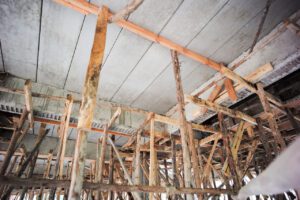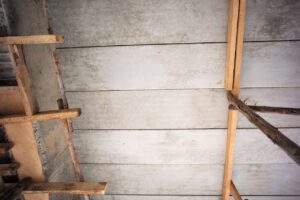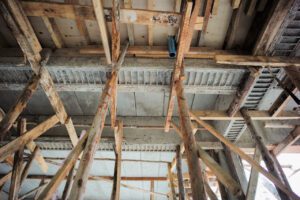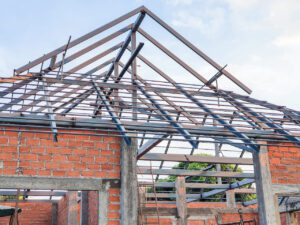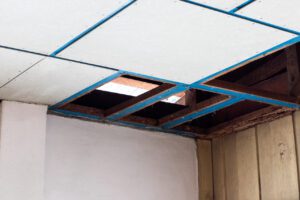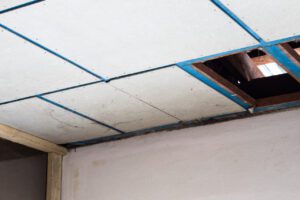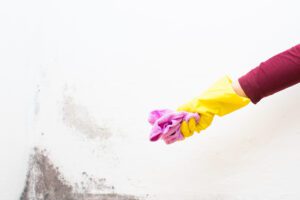
LEARN MORE ABOUT
What is Mold?
Mold is a structural fungus which grows around damp or water ridden areas. There are many types and they can vary and come in many different colors and species. Fungus can be found both indoors and outdoors and reproduce by releasing tiny spores into the air that float until they land in a new location.
Excess moisture is the main cause of indoor fungus. Leaving fungus to grow and fester will cause disaster for your home and family. Exposure to fungus can cause sickness and must be treated by a medical professional. If you think you have fungus in your home, you may want to consider contacting a mold assessor.
Click below to find out more information from the CDC.

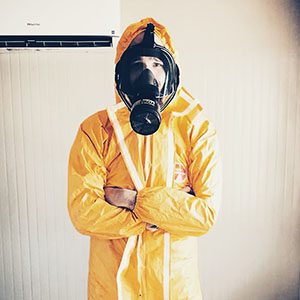
What is a Mold Assessor?
A mold assessor helps to perform a visual assessment of the property and structure of your home. They help to identify where excess moisture is coming from and implement a testing protocol to help determine what is going on through lab testing. If you know where the water source is or where excess moisture is coming from, you may not need to contact a mold assessor. If you would like more information on what questions to ask a mold assessor, check out the Mold Assessor Selection Form on the Resources page.
What Does Mold Look Like?
The biggest mold myth is that mold is black. This belief grew from the intense media focus on Stachybotrys, the toxic “Black Mold”, that has made headlines for decades. But what most people don’t realize is that Stachybotrys starts out white or greyish white and then turns black or greenish black. The takeaway is that the many different species of fungi are present in a variety of colors and textures with different buoyancy levels. Keep in mind that fungus can look like black mascara smeared on a wall. The only way to know for sure whether it is mascara or fungus is to test it. The following photos will give you some visual examples of structural molds typically seen by property owners.
